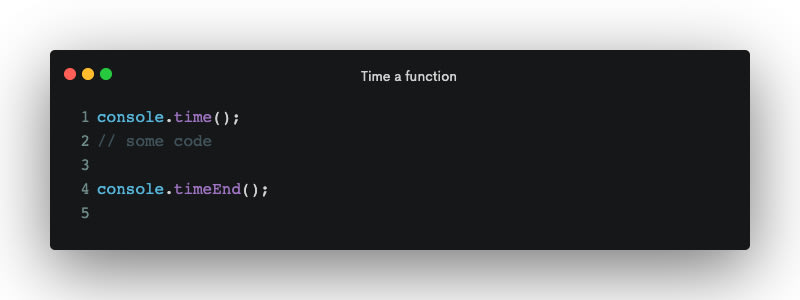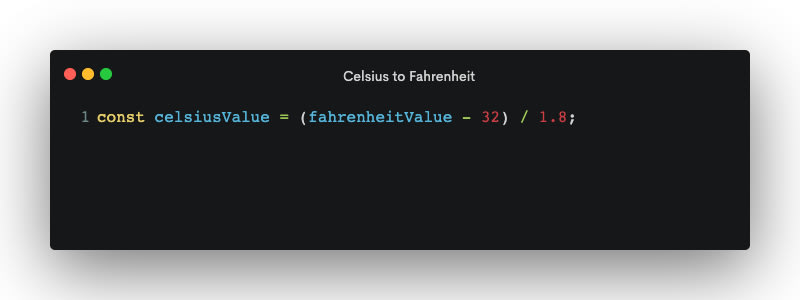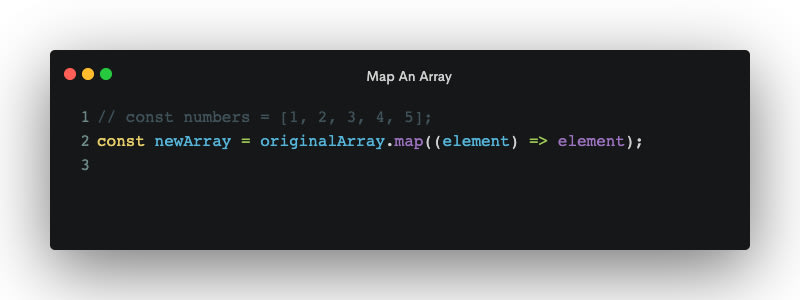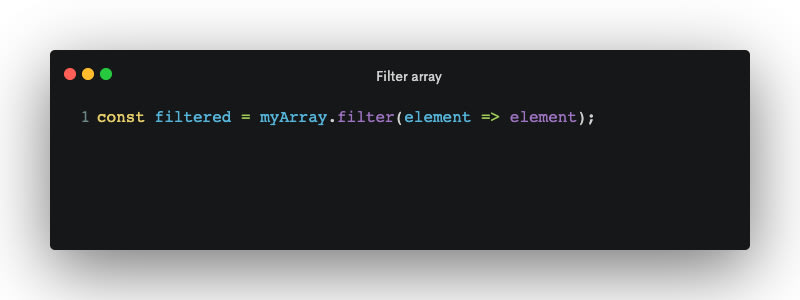An Interest In:
Web News this Week
- March 22, 2024
- March 21, 2024
- March 20, 2024
- March 19, 2024
- March 18, 2024
- March 17, 2024
- March 16, 2024
Best 10 Code Snippets for JavaScript in 2022
What is a Code Snippet?
A Code Snippet is a block of code you can share and reuse. By reusing safe and proven code, you not only improve your productivity but you also make sure you always import the correct code and are not missing anything (e.g. missing argument, not checking error code or exceptions).
Why using Code Snippet for JavaScript?
Writing JavaScript code is quite complex. While JavaScript is a very popular language, its lack of typing can make it really hard to follow the code path and understand how code actually works! Sharing and using vetted code patterns directly in your IDE maximize your productivity but also make sure you are using the correct code block for your job!
Using Snippets
You can use these snippets directly in VS Code by using shortcuts! For each snippet, we provide a shortcut. Download the Codiga VS Code extension and just type the shortcut, as shown below.
1. Check if email is valid
Shortcut: .email.isvalid
This snippet checks if an email address is valid using a regular expression. This is often very complicated to verify an email in the frontend, which is why such a snippet is so valuable!
2. Check if an array is empty
Shortcut: .array.is_empty
Checking an array in JavaScript is not that easy! First, there is no guarantee that the value you evaluate is in fact an array. You need to first check this and then, check that the length is 0.
3. Time a function execution
Shortcut: .time.profiling
When your application is slow, it's very important to measure the execution time of function that may take some time to execute. With this snippet, you can then measure the time it takes to execute a piece of code. Measure the initial time using console.time() and after your code is executed, get the elapsed time using console.timeEnd().
4. Generate a UUID
Shortcut: .uuid.generate
When your application is slow, it's very important to measure the execution time of function that may take some time to execute. With this snippet, you can then measure the time it takes to execute a piece of code. Measure the initial time using console.time() and after your code is executed, get the elapsed time using console.timeEnd().
5. Convert Celsius to Fahrenheit
Shortcut: .celsius.fahrenheit
When your application is slow, it's very important to measure the execution time of function that may take some time to execute. With this snippet, you can then measure the time it takes to execute a piece of code. Measure the initial time using console.time() and after your code is executed, get the elapsed time using console.timeEnd().
6. Getting the result of multiple Promise
Shortcut: .promise.all
Instead of getting the result of each Promise one at a time, it's very important to avoid waiting for each promise and instead using Promise.all. This can result in significant performance improvements.
6. Getting the result of multiple Promise
Shortcut: .promise.all
Instead of getting the result of each Promise one at a time, it's very important to avoid waiting for each promise and instead using Promise.all. This can result in significant performance improvements.
7. Map an array or list
Shortcut: .array.map
Mapping the values of an array to another value is quite difficult if you do not use map. In JavaScript, you can use the .map function to map the array. It takes a function that has transform each element of the array.
Imagine you have a list of numbers and you want to transform it into new list, each element being the double of the initial element. You would then use the following code.
const newArray = originalArray.map((element) => element * 2);8. Filter array
Shortcut: .array.filter
As for .map(), JavaScript also includes the .filter() function to filters elements of an array or list. The function takes a predicate that indicate if the element should be filtered or not.
9. GET request
Shortcut: .request.get
To issue a simple GET request on a URL in JavaScript, simply use the fetch function. The then function is chained to convert the result into a JSON object you can then use and process in your program.
10. POST request
Shortcut: .request.post
A post request is slightly more complicated than a GET request. At first, the method argument of the fetch function must be set to POST. Then, the headers must also specify the content is in JSON and the body should be a JSON document. The different .then call transform the response into a JSON format and the .catch call is invoked if any exception occurs in the process.
How to add your own Code Snippet?
You can add your own snippet and share them with the community using code-snippets.dev and the underlying Codiga snippet engine. Create an account on app.codiga.io, login and create your recipe. Make sure you create them with the public visibility to give all users access to the recipes!
Developer Resources
- Code Snippets search engine code-snippets.dev for searching and finding same reusable code.
- Codiga for defining your own code snippets
Original Link: https://dev.to/codiga/best-10-code-snippets-for-javascript-in-2022-4j6
Dev To
 An online community for sharing and discovering great ideas, having debates, and making friends
An online community for sharing and discovering great ideas, having debates, and making friendsMore About this Source Visit Dev To












